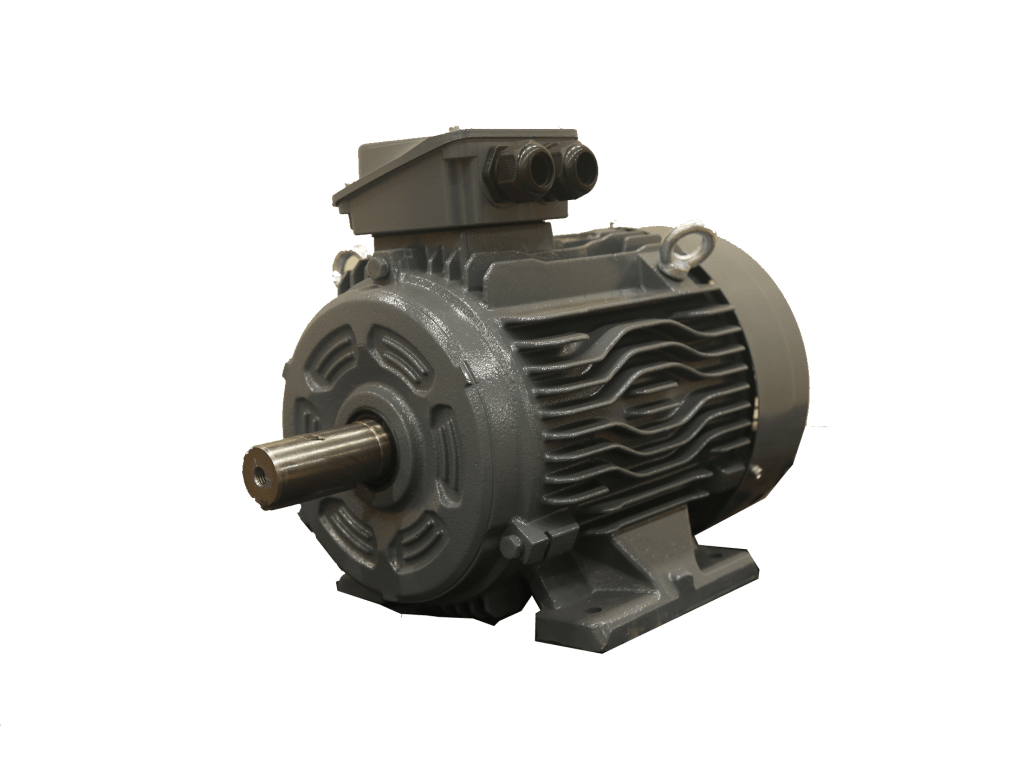
Selecting the correct AC motor is crucial for saving energy and ensuring reliability. A mismatched or oversized motor wastes money and fails early. Follow this simple process:
- Define the Load:
- Determine the exact Horsepower (HP) and speed needed.
- Crucially, know the starting torque (for heavy starts like conveyors) versus the running torque (for constant loads like pumps).
- Determine Speed Control:
- Constant Speed: Use a standard, fixed-speed induction motor.
- Variable Speed: Choose a premium efficiency motor paired with a Variable Frequency Drive (VFD) for maximum control and energy savings.
- Check the Environment:
- Clean/Dry Area: An Open Drip Proof (ODP) enclosure may suffice.
- Dusty/Wet/Corrosive: A Totally Enclosed Fan Cooled (TEFC) motor or specialized enclosure is required to prevent rapid failure.
- Prioritize Efficiency & Reliability:
- Always select NEMA Premium Efficiency (IE3) or higher. The long-term energy savings far outweigh the higher upfront cost.
- Check the Service Factor—a higher rating means the motor can handle short-term overloads without immediate thermal damage.
Why Selection Matters More Than Maintenance
While excellent maintenance is essential, motor selection is the single most important decision impacting your facility’s energy consumption and long-term costs. A motor operates for decades, and its total cost of ownership is dominated by the electricity it consumes, not the initial purchase price. A motor that is incorrectly sized or lacks high-efficiency ratings will perpetually drain power, rendering even the best maintenance program financially ineffective. By investing time upfront to select the motor that precisely meets the load requirements, speed control needs, and environmental challenges of the application, you create a foundation for peak reliability and maximum energy savings.
